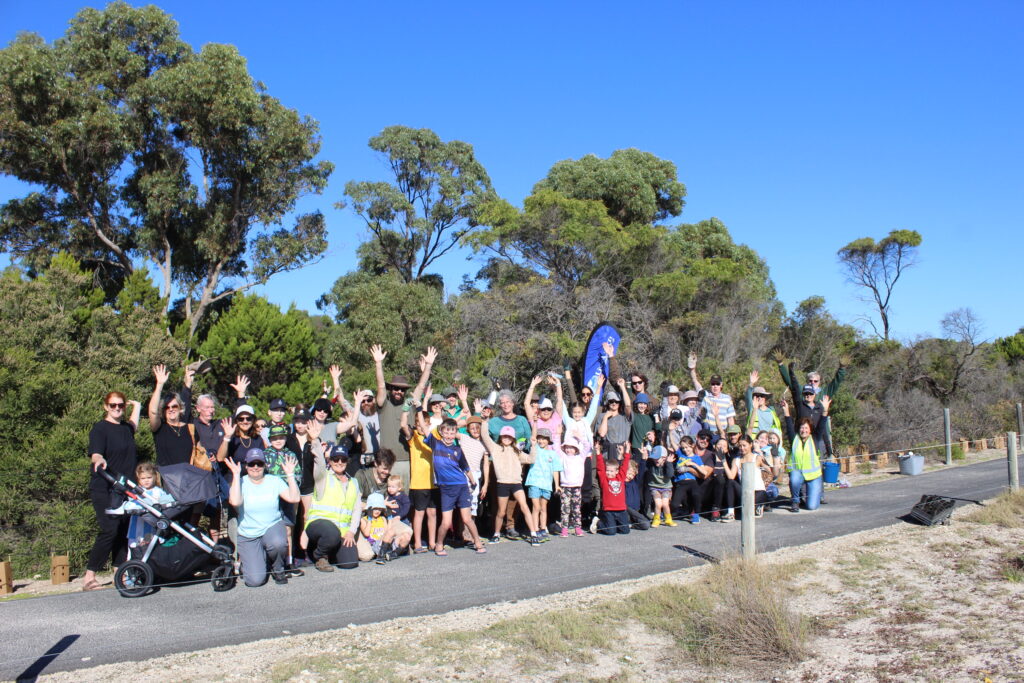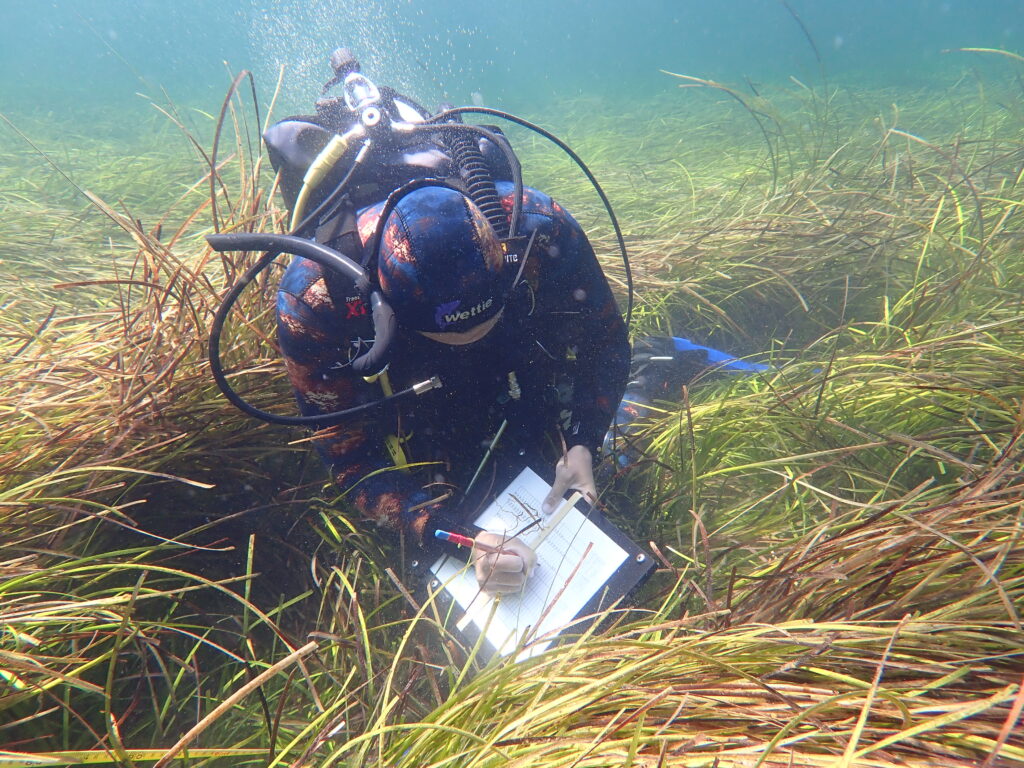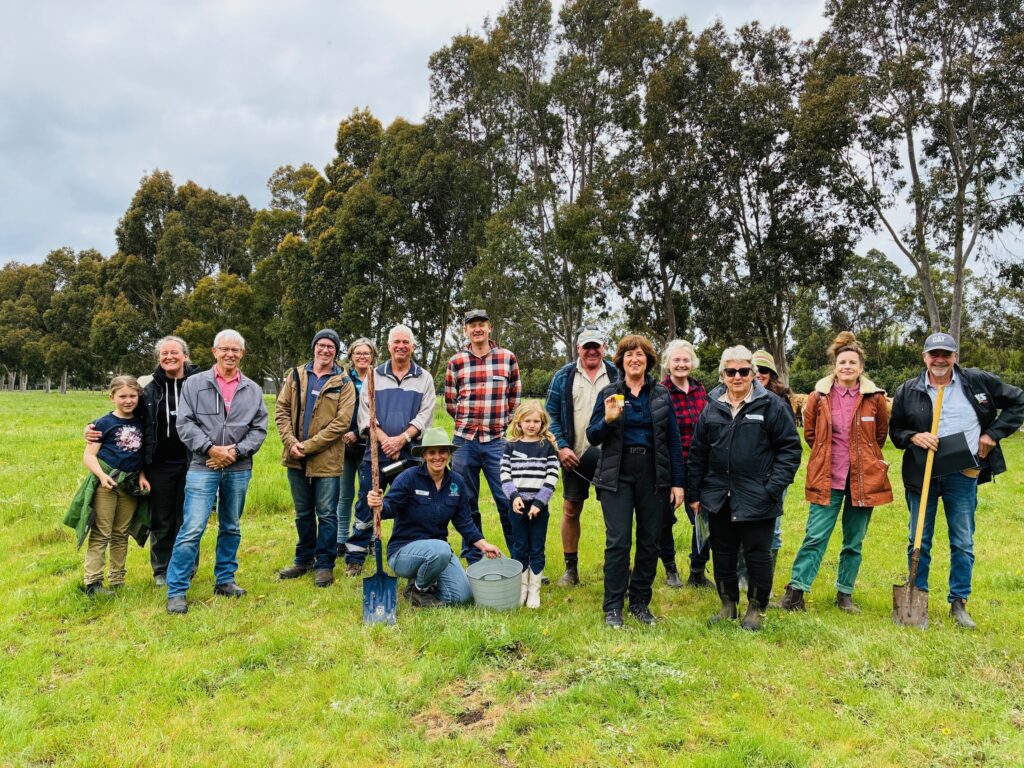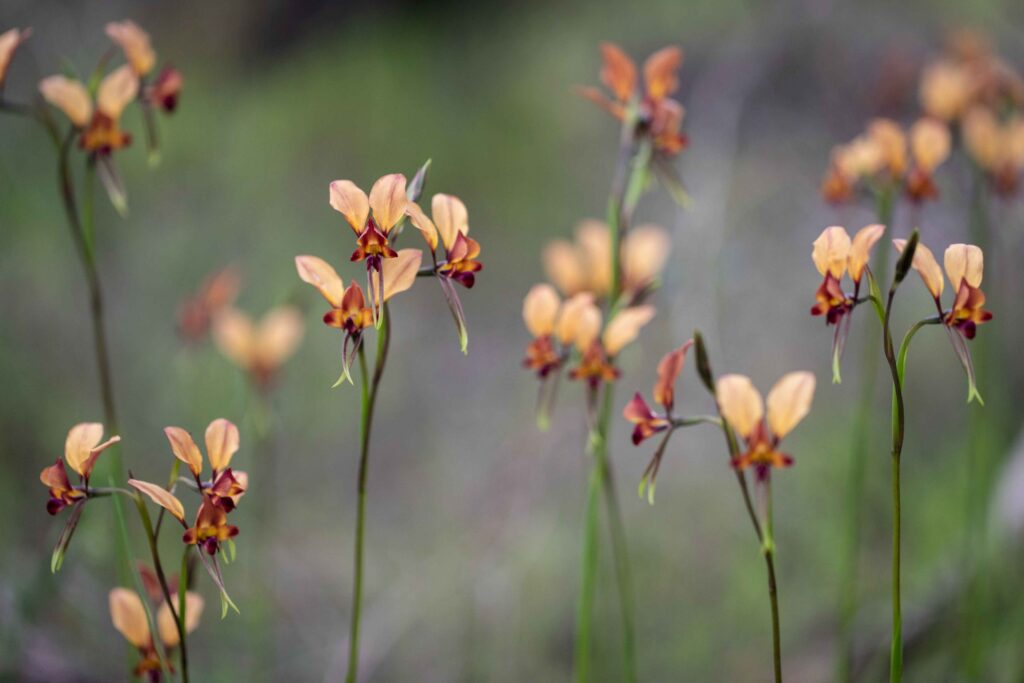
Maximising sustainability and productivity of farming enterprises
Sustainable Agriculture
Our Programs
Protecting Biodiversity
Find out the many ways we can help protect our unique fauna and flora that call the Geographe Catchment home.
Sustainable Agriculture
Learn how we work with farmers to increase the sustainability and productivity of their farming enterprises.
Urban Environment
A healthy bay begins in your own backyard. Create a thriving Bay OK garden that is low nutrient, waterwise and biodiverse.
Pets at Home
Responsible pet owners keep their dogs inside and cats safe in catios, ensuring our native wildlife is protected.
Explore Our Catchment
Use the interactive map to find out which sub-catchment you live in.

About GeoCatch
Meet the team behind GeoCatch and find out how we’ve been working with the community, industry and agencies to care for the Geographe Catchment since 1997.
In the Past Year
Read A Year in Review 2024-25 Report







